P
part
One of the addends in part-whole addition problems.
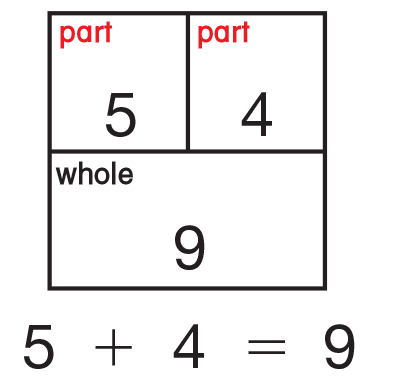
part-whole diagram
A picture used to show the parts of a whole number.
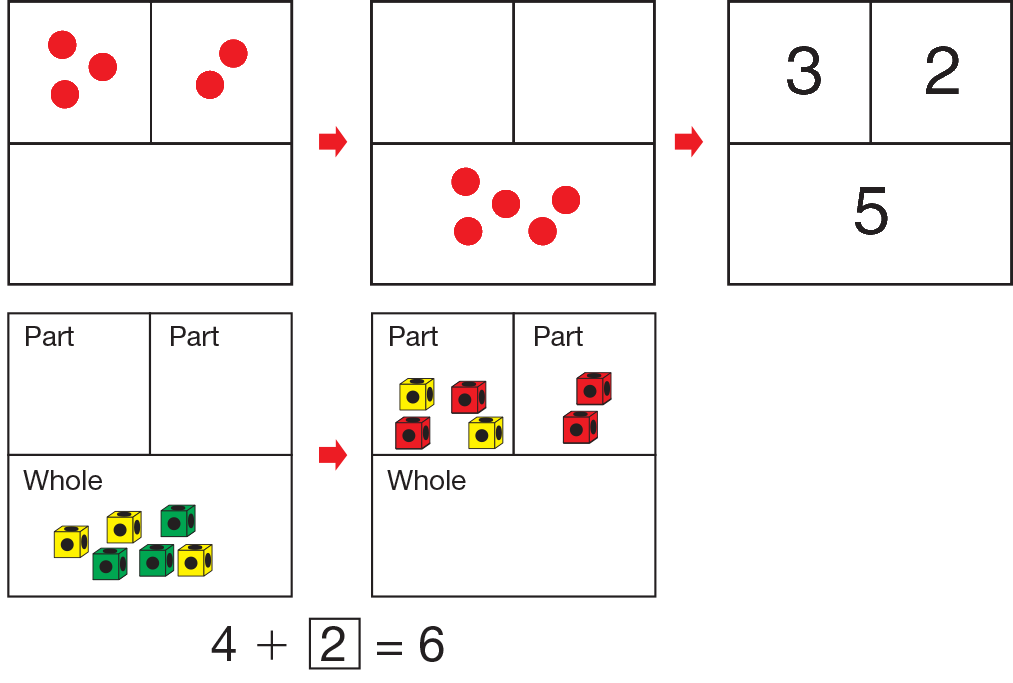
partitioning
Dividing a shape or number into parts.
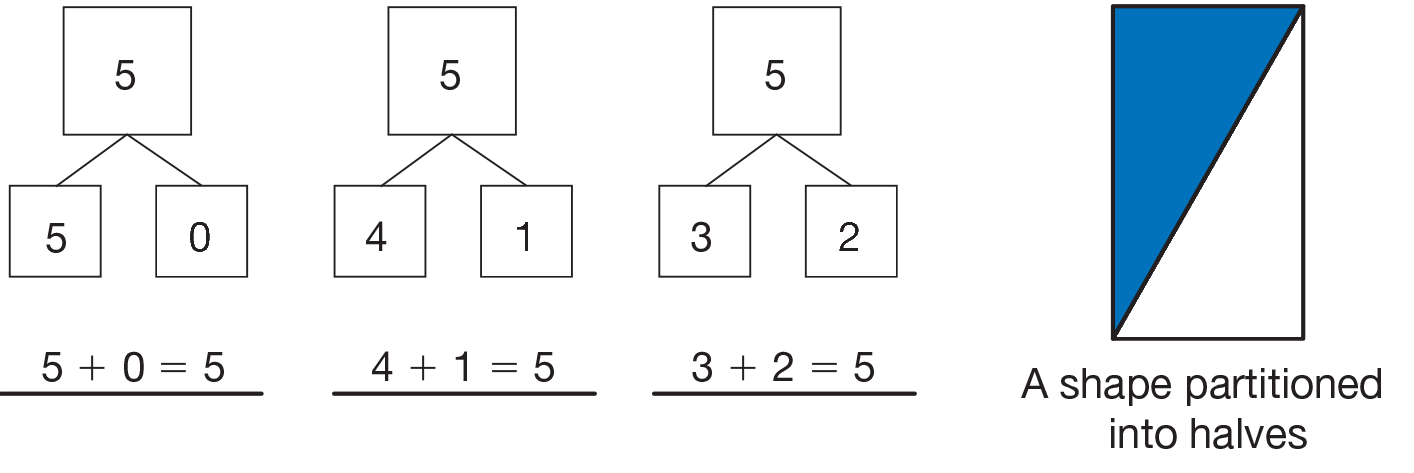
parts of ten
Ways of breaking ten into two or more parts.
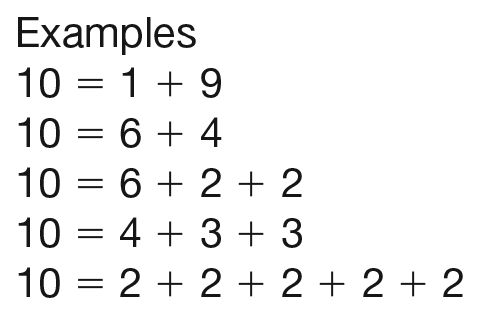
pattern unit
The part of a pattern that is repeated. For example, AAB is the pattern unit in the pattern AABAABAAB.
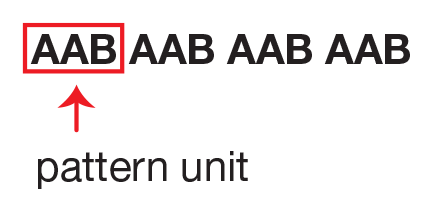
penny
A coin equal to (or worth) 1 cent (1¢).
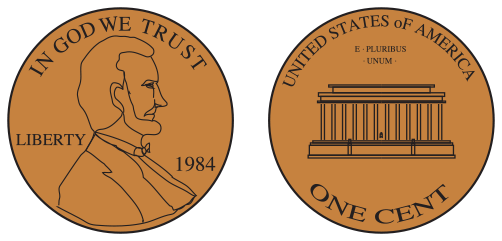
perimeter
The total distance around a two-dimensional (2-D) shape.
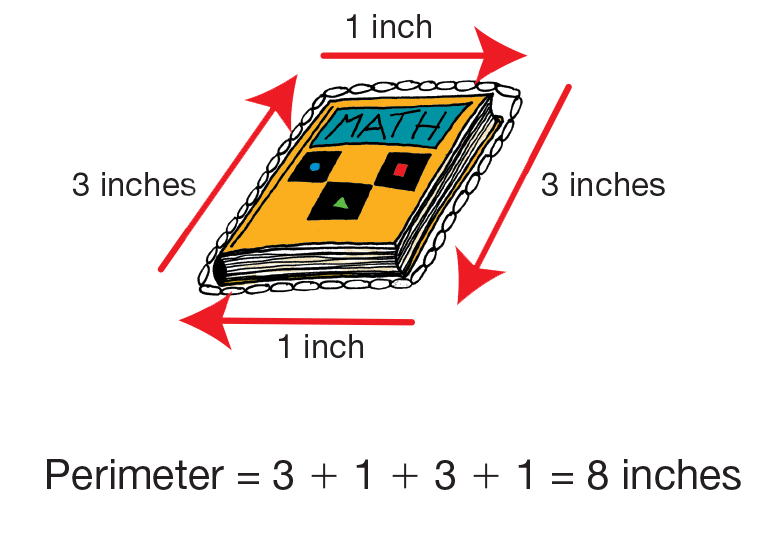
picture graph
A graph that uses pictures or symbols to show data. (See also graph.)
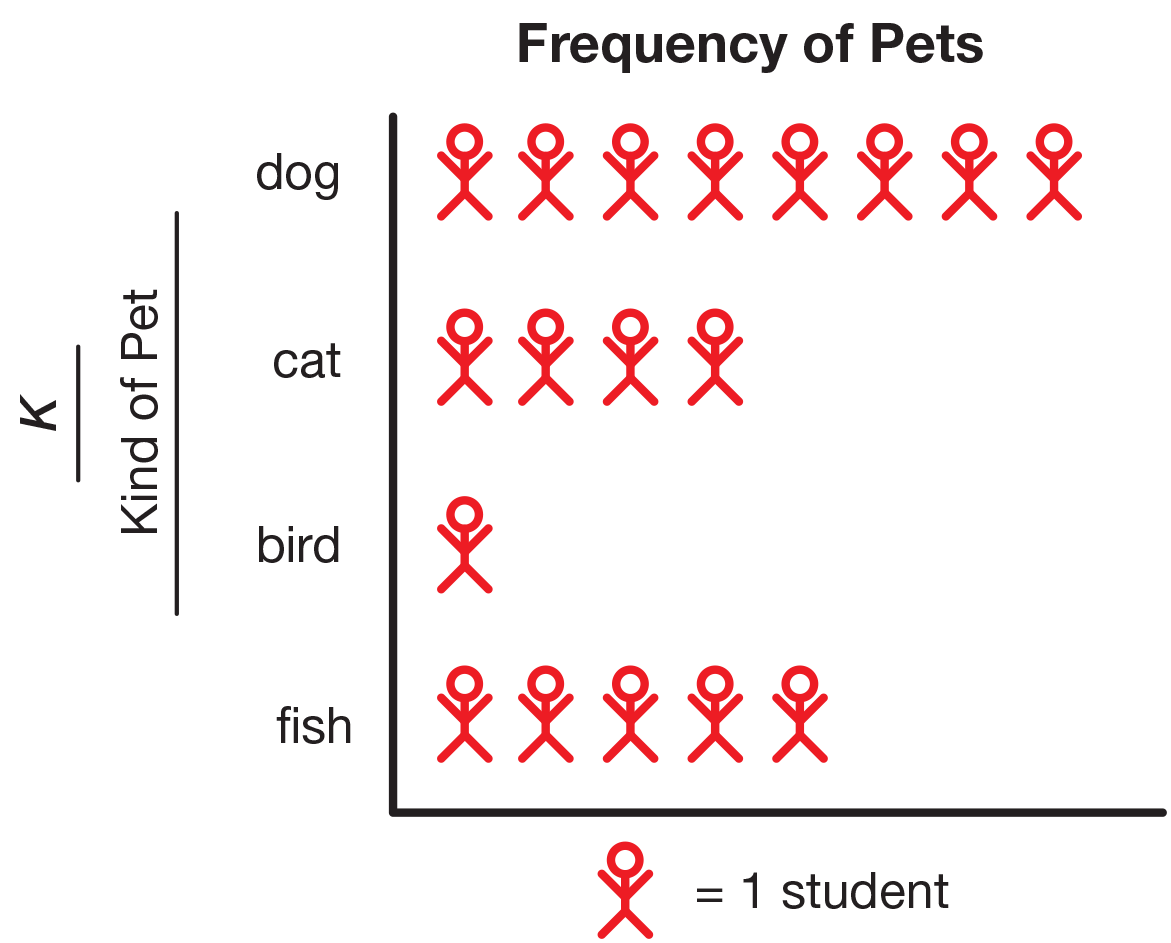
polygon
A two-dimensional (2-D) shape with straight sides. All polygons are closed shapes.

prediction
Using information or data you know to tell what might happen in the future. For example, you might use the data in a bar graph to predict which season will have more cloudy days.
prism
A three-dimensional (3-D) shape that has all flat sides and two end faces that are the same shape and same size. The faces connected by the end faces are all the same length. The end faces give the prism its name, such as rectangular prism or triangular prism.









